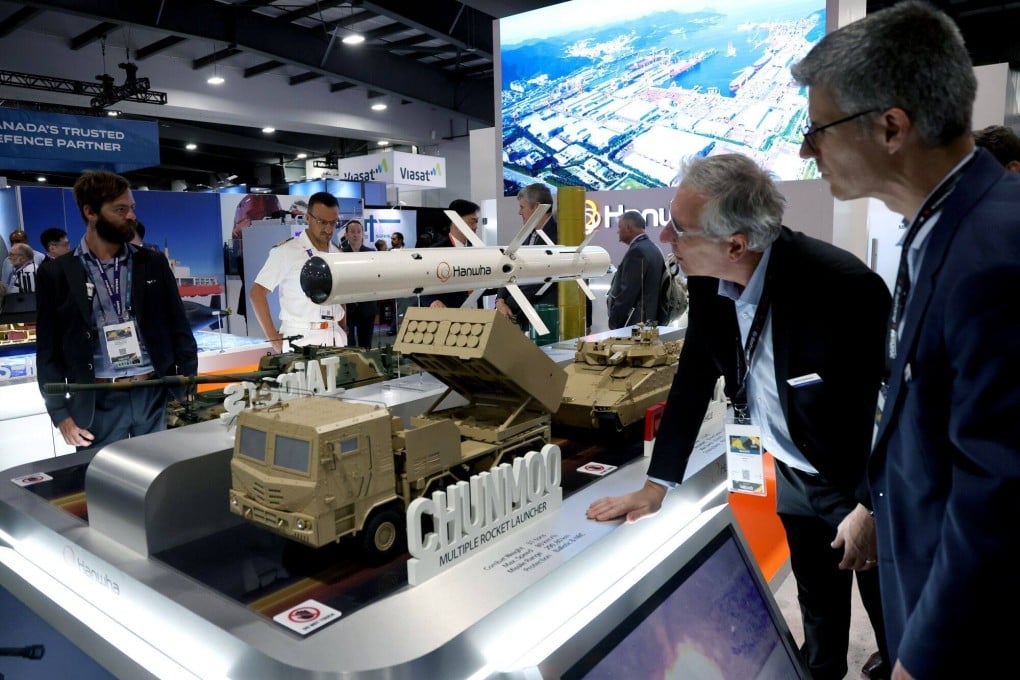Faster, cheaper and reliable: how Ukraine war fuelled demand for South Korean weapons
- A retired naval captain said Korean-made arms ‘aren’t the most advanced, but this is the stuff that Lockheed Martin and Boeing don’t do’

To meet the world’s unslaked demand, Hanwha added hundreds of new employees last year. With a larger research-and-development group, it’s now also planning to develop an engine for sixth-generation fighter jets, but more traditional weapons will remain its core products, said Hanwha Aerospace chief executive officer Son Jae-il.
“The US has 40 per cent of the world’s defence systems, but it can’t do it all,” Son said at the company’s weapons factory in Changwon. “We focus on the middleweights, self-propelled guns, armoured vehicles, tanks. In these, we’re already globally competitive.”
Hanwha’s revival reflects a gap in the global defence industry. American and most European manufacturers have shifted to strategic weapons, precision-guided munitions and other cutting-edge technologies. At the same time, many countries find those systems prohibitively expensive or are put off by the extensive retraining they’d require.
That’s opened a door for Hanwha’s more conventional products. “Defence companies in the US or Europe don’t want to make these weapons,” said Yoon Sukjoon, a retired captain in South Korea’s navy and a senior fellow at the Korea Institute for Military Affairs. Korean-made weapons “aren’t the most advanced, but this is the stuff that Lockheed Martin and Boeing don’t do.”